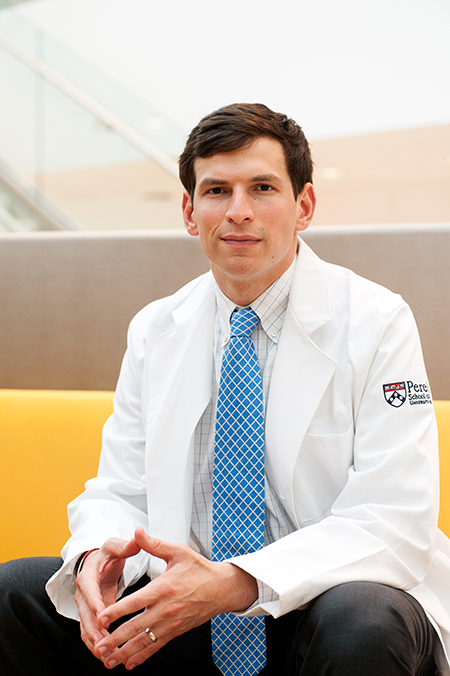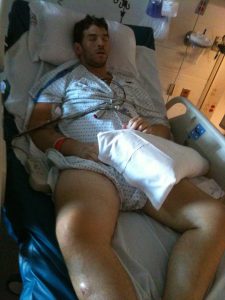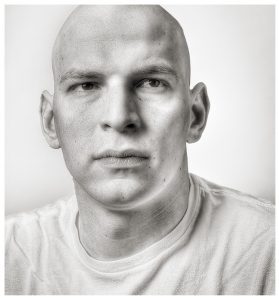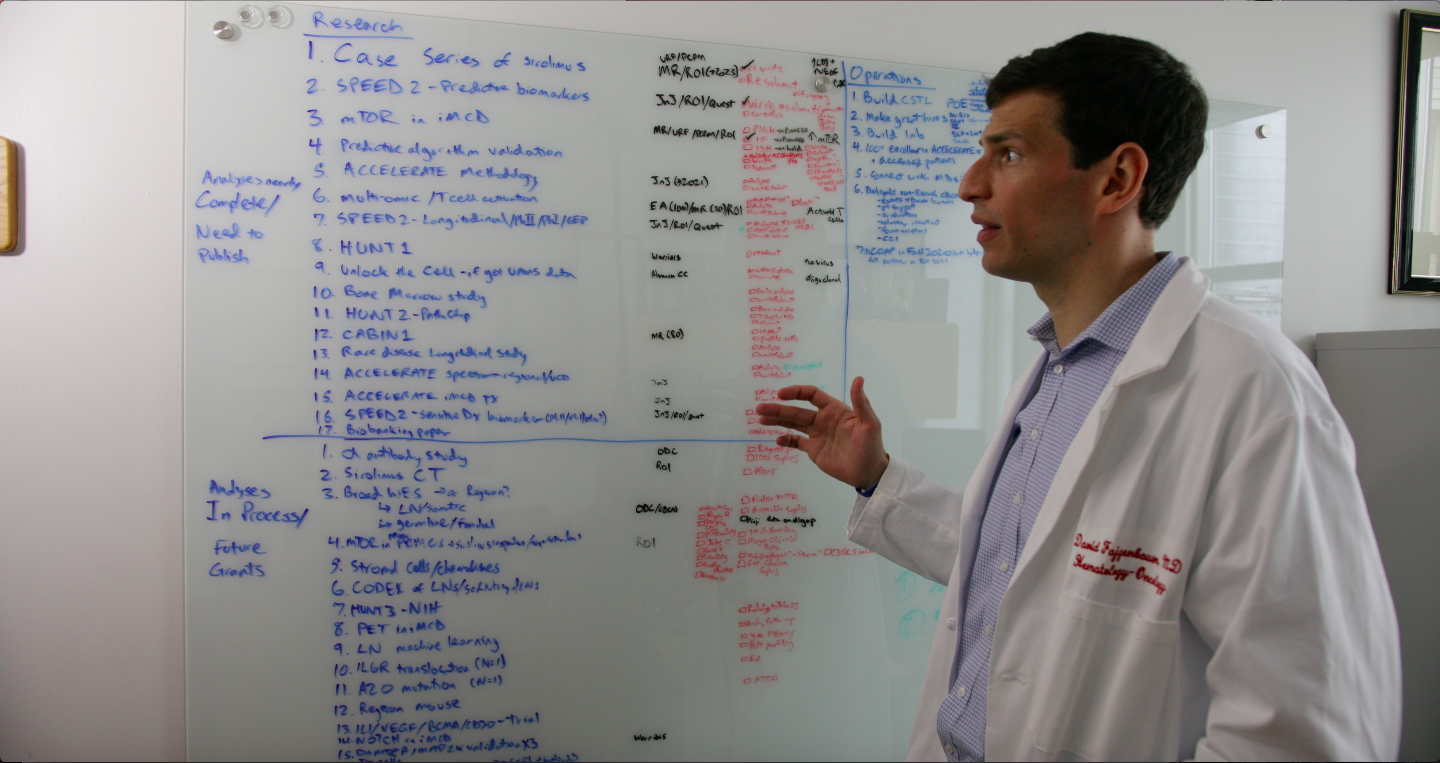The Castleman Disease Collaborative Network (CDCN) was founded in 2012 by Drs. David Fajgenbaum and Frits van Rhee out of the urgent need to advance research and improve patient care for Castleman disease.
 Just two years prior, David Fajgenbaum was a healthy third year medical student, training to become an oncologist in memory of his mother. But things changed dramatically when he began suffering from inexplicable fatigue and night sweats. In a matter of weeks, his liver, kidneys, and other vital organs were failing and he was read his last rites when his doctors didn’t think he would survive.
Just two years prior, David Fajgenbaum was a healthy third year medical student, training to become an oncologist in memory of his mother. But things changed dramatically when he began suffering from inexplicable fatigue and night sweats. In a matter of weeks, his liver, kidneys, and other vital organs were failing and he was read his last rites when his doctors didn’t think he would survive.
Miraculously, Fajgenbaum survived—only to endure repeated near-death relapses from what would eventually be identified as the idiopathic multicentric form of Castleman disease (iMCD), a deadly and rare condition that acts like a cross between cancer and an autoimmune disorder. It is so difficult to treat because so little research had ever been done. There were no diagnostic criteria, treatment guidelines, or FDA-approved treatments. And there was no research infrastructure to change things: no cell lines, registries or biobanks, no federal funding, and no collaborative research network to advance understanding and treatment. When he relapsed while on the only drug in development and realized that the medical community was unlikely to make progress in time to save his life, Fajgenbaum turned his desperate hope for a cure into concrete action. He partnered with Dr. Frits van Rhee to establish the CDCN to accelerate research internationally and shortly thereafter joined forces with Greg and Charlyn Pacheco’s leading Castleman disease advocacy organization, Castleman’s Awareness & Research Effort. He also began conducting research into the disease himself, looking for clues that could unlock a new treatment.
 It is amazing how far we have come. With support from incredible patients, loved ones, physicians, researchers, volunteers, and donors, Fajgenbaum and the CDCN’s volunteer army has taken back momentum in the war against Castleman disease. The CDCN came up with an ambitious plan to crowdsource the most promising research questions and recruit world-class researchers to tackle them. Instead of waiting for the scientific stars to align, he and his community of physicians, researchers, patients, and loved ones in the CDCN would need to align them. The CDCN is also committed to investigating the roles that the 1500 drugs already FDA approved for one condition may also be treatments or cures for the 7,000 rare diseases with no or few treatment options, like Castleman disease.
It is amazing how far we have come. With support from incredible patients, loved ones, physicians, researchers, volunteers, and donors, Fajgenbaum and the CDCN’s volunteer army has taken back momentum in the war against Castleman disease. The CDCN came up with an ambitious plan to crowdsource the most promising research questions and recruit world-class researchers to tackle them. Instead of waiting for the scientific stars to align, he and his community of physicians, researchers, patients, and loved ones in the CDCN would need to align them. The CDCN is also committed to investigating the roles that the 1500 drugs already FDA approved for one condition may also be treatments or cures for the 7,000 rare diseases with no or few treatment options, like Castleman disease.
We are patient driven and patient focused. Today, Fajgenbaum leads a relentless team of physicians, researchers, patients, and loved ones all fighting together to advance research and patient care for Castleman disease. Patients have the opportunity to contribute their anonymous medical data, samples, and perspectives towards high-impact research. The CDCN continues to support and connect thousands of patients and loved ones affected by CD through events and online forums.
 The CDCN’s novel and innovative approach called the “Collaborative Network Approach” has become a blueprint for rare disease research, inspiring the Chan Zuckerberg Initiative to select the CDCN as a leading patient-driven rare disease model and partner to spread our approach to other rare diseases.
The CDCN’s novel and innovative approach called the “Collaborative Network Approach” has become a blueprint for rare disease research, inspiring the Chan Zuckerberg Initiative to select the CDCN as a leading patient-driven rare disease model and partner to spread our approach to other rare diseases.
Together, they have made unprecedented progress. The CDCN led the development of the first diagnostic criteria ever and the first published treatment guidelines ever for iMCD. The CDCN has invested approximately $1,000,000 into research, which has led to over $7,000,000 in additional research funding for Castleman disease. These funds have led to the discovery of the first new drug target in 25 years for iMCD and first clinical trial of a second-line treatment ever in iMCD—a drug that Dr. Fajgenbaum identified himself and has kept him in remission for over five and a half years.
The CDCN’s incredible story demonstrates the potency of hope, and what can happen when the forces of determination, innovation, and collaboration collide.

Dr. David Fajgenbaum in front of his research tracking whiteboard in his office
Despite our progress, much work still remains. Better treatments and cures are urgently needed for patients who are suffering. And we can’t do it alone. We need everyone to join together. Please consider joining the CDCN’s movement to cure Castleman disease and revolutionize research to advance cures for many more diseases. Patients can fight back by contributing their medical data to the ACCELERATE registry, giving blood samples for research, and supporting one another. And anyone can donate funding to our life saving research.